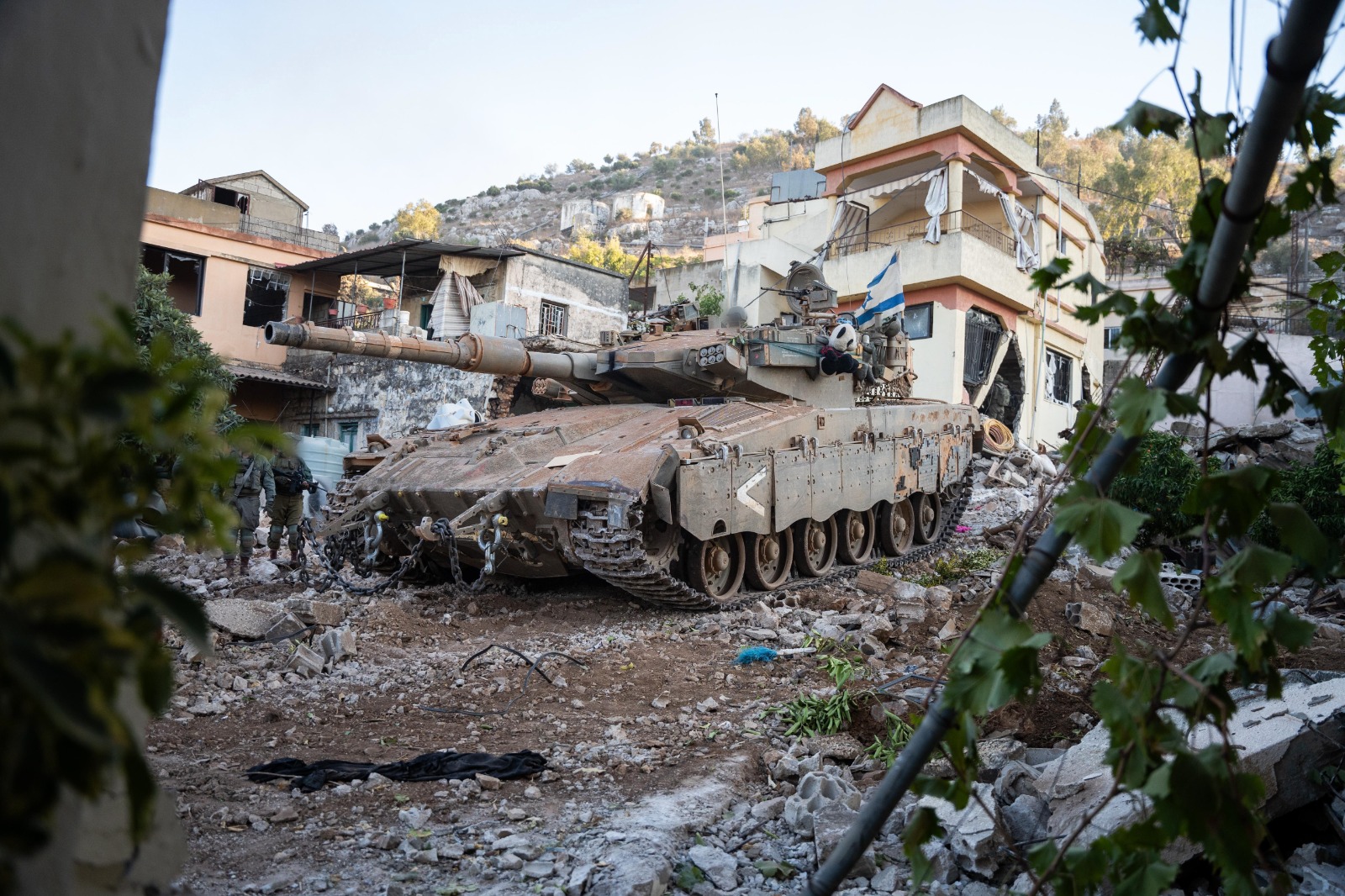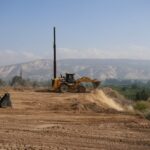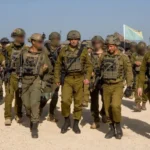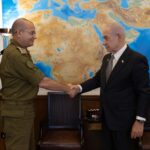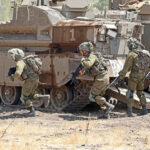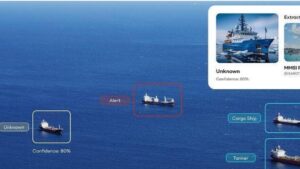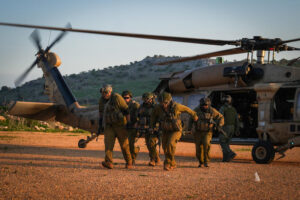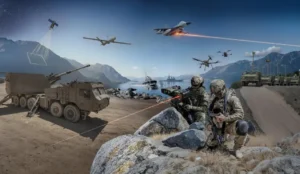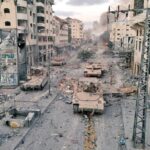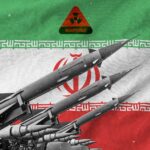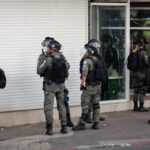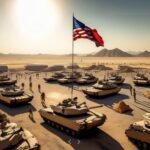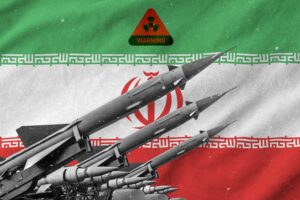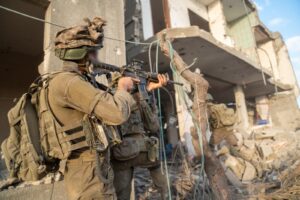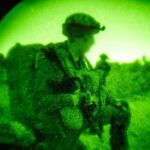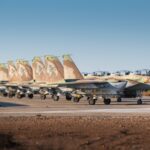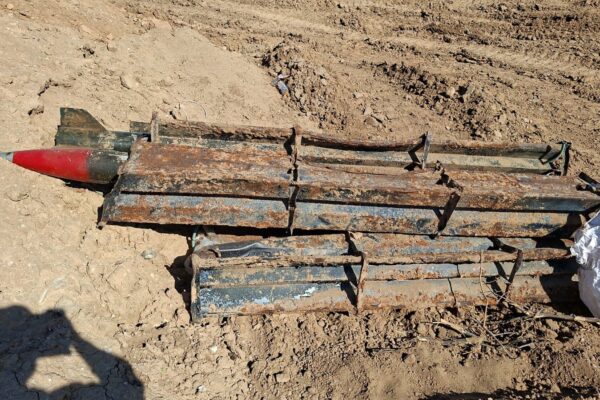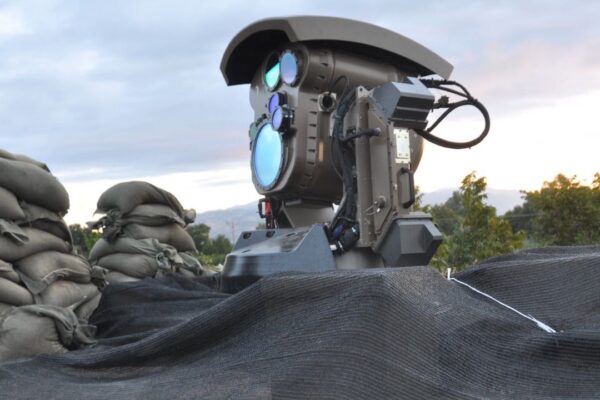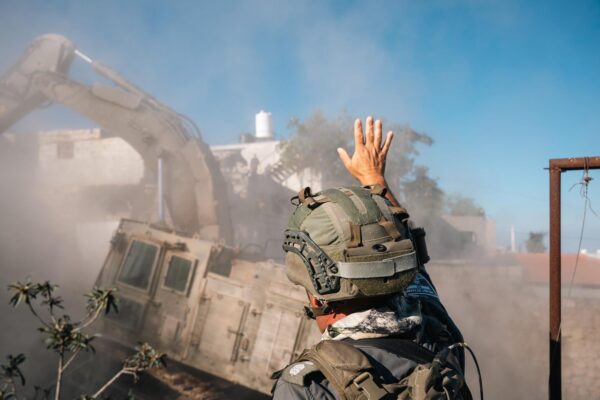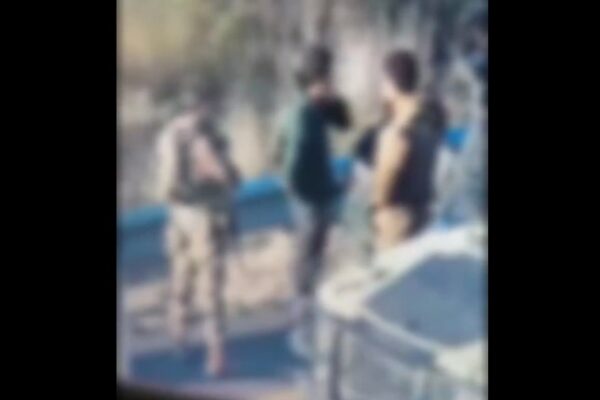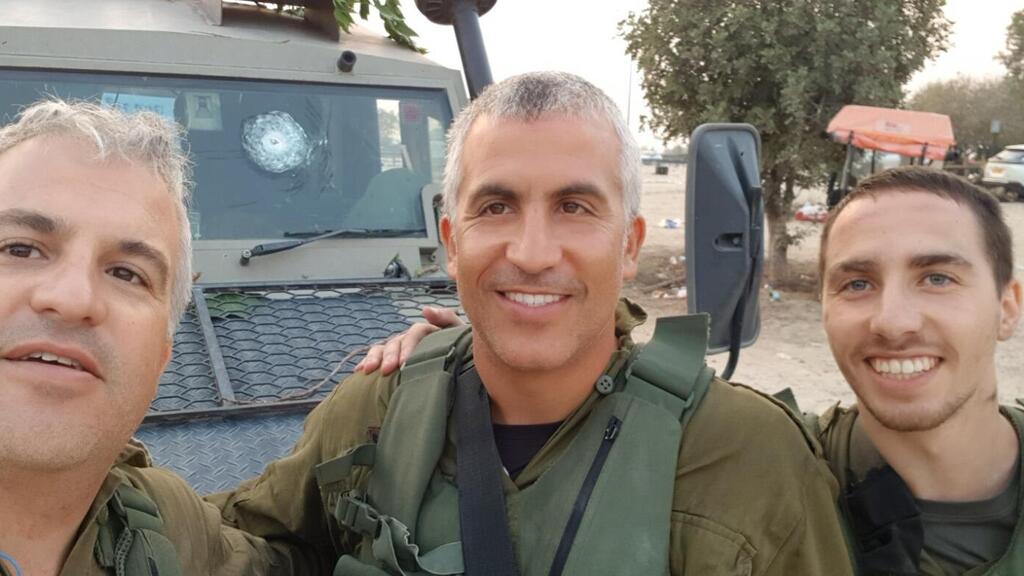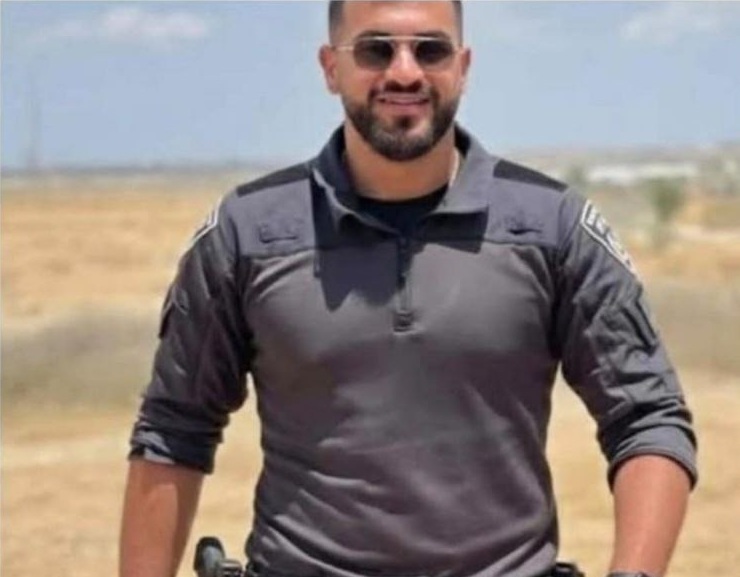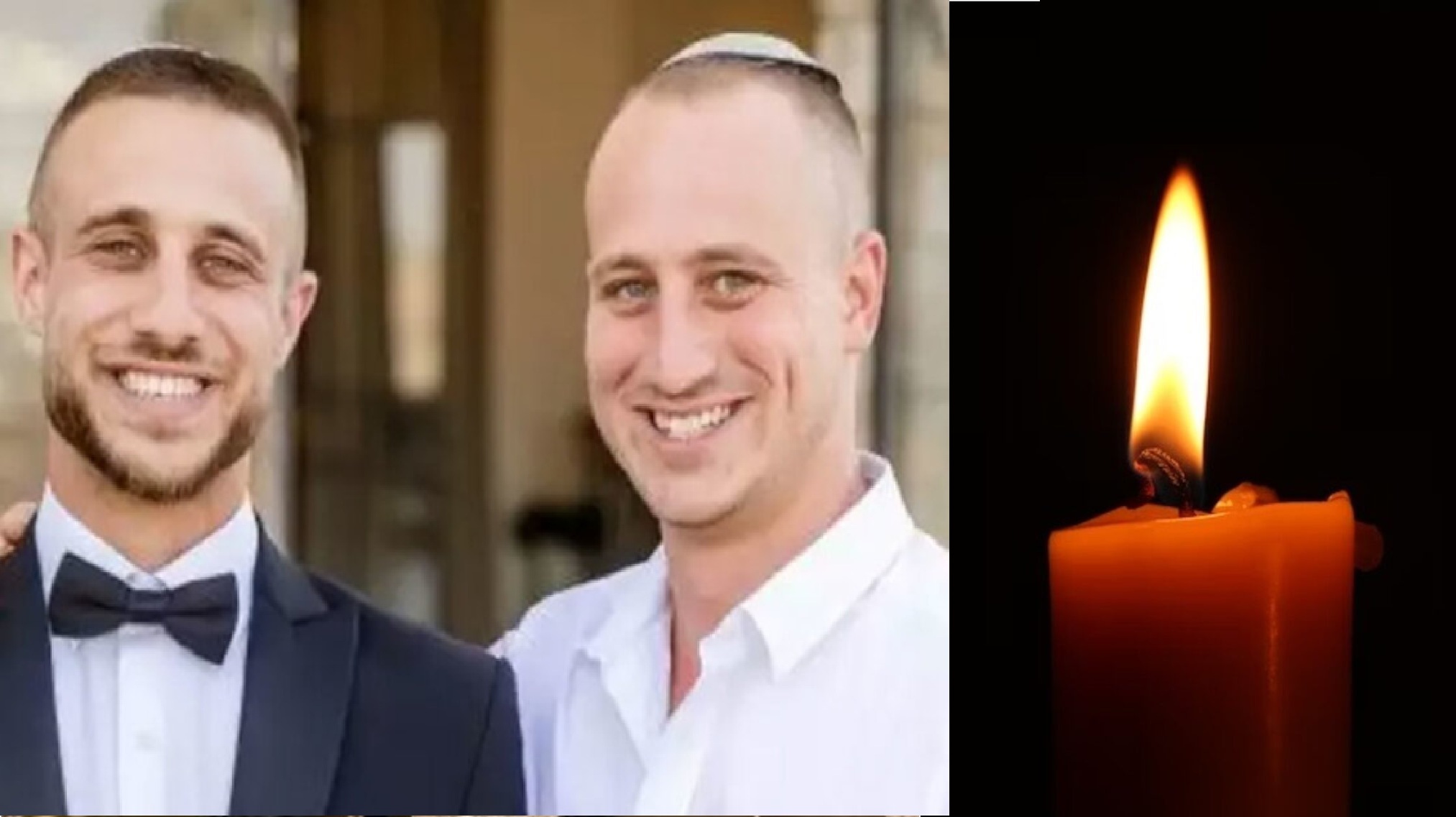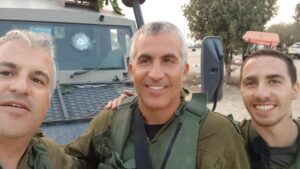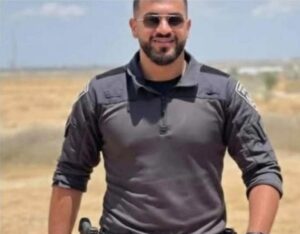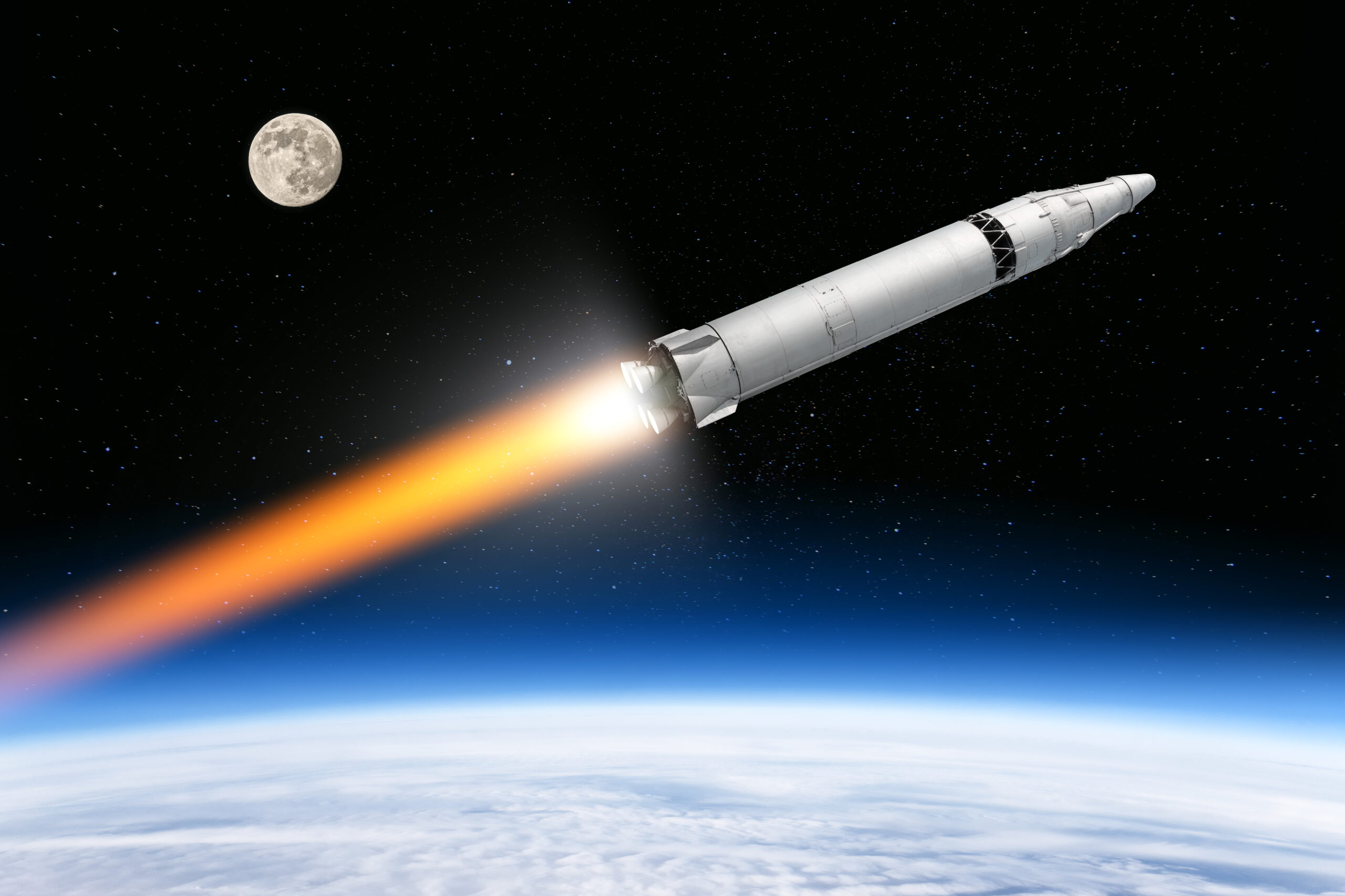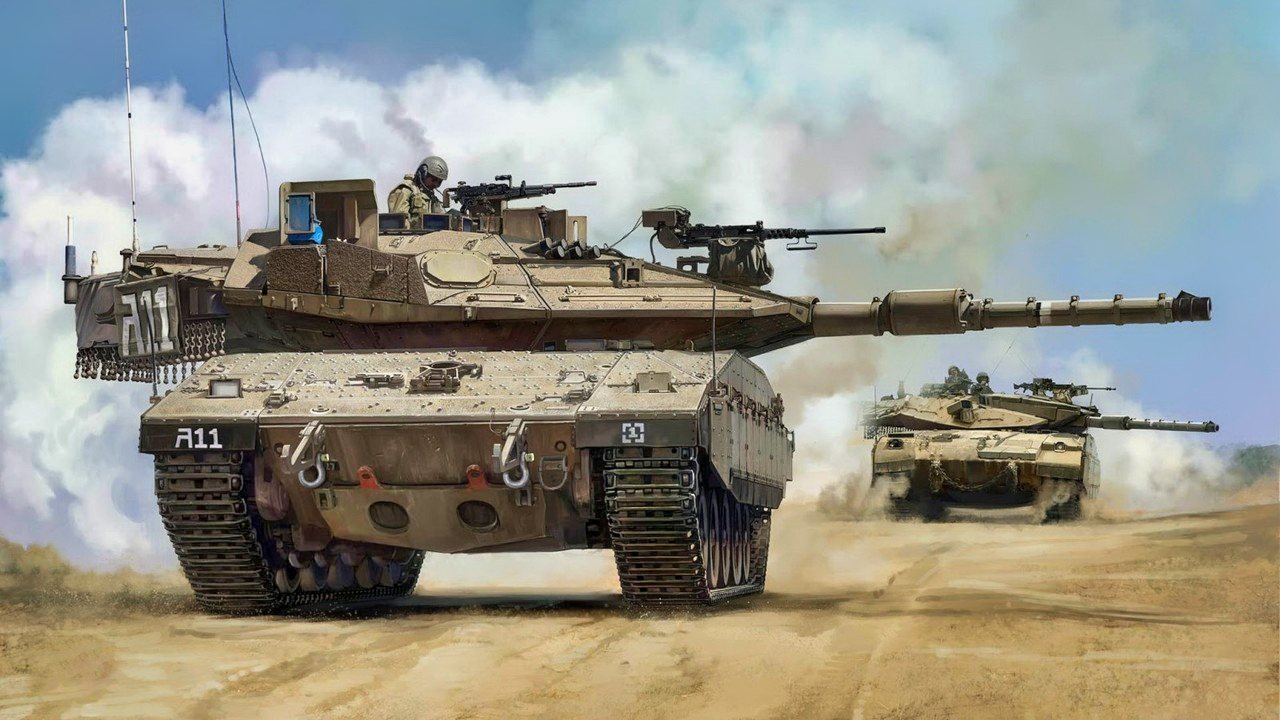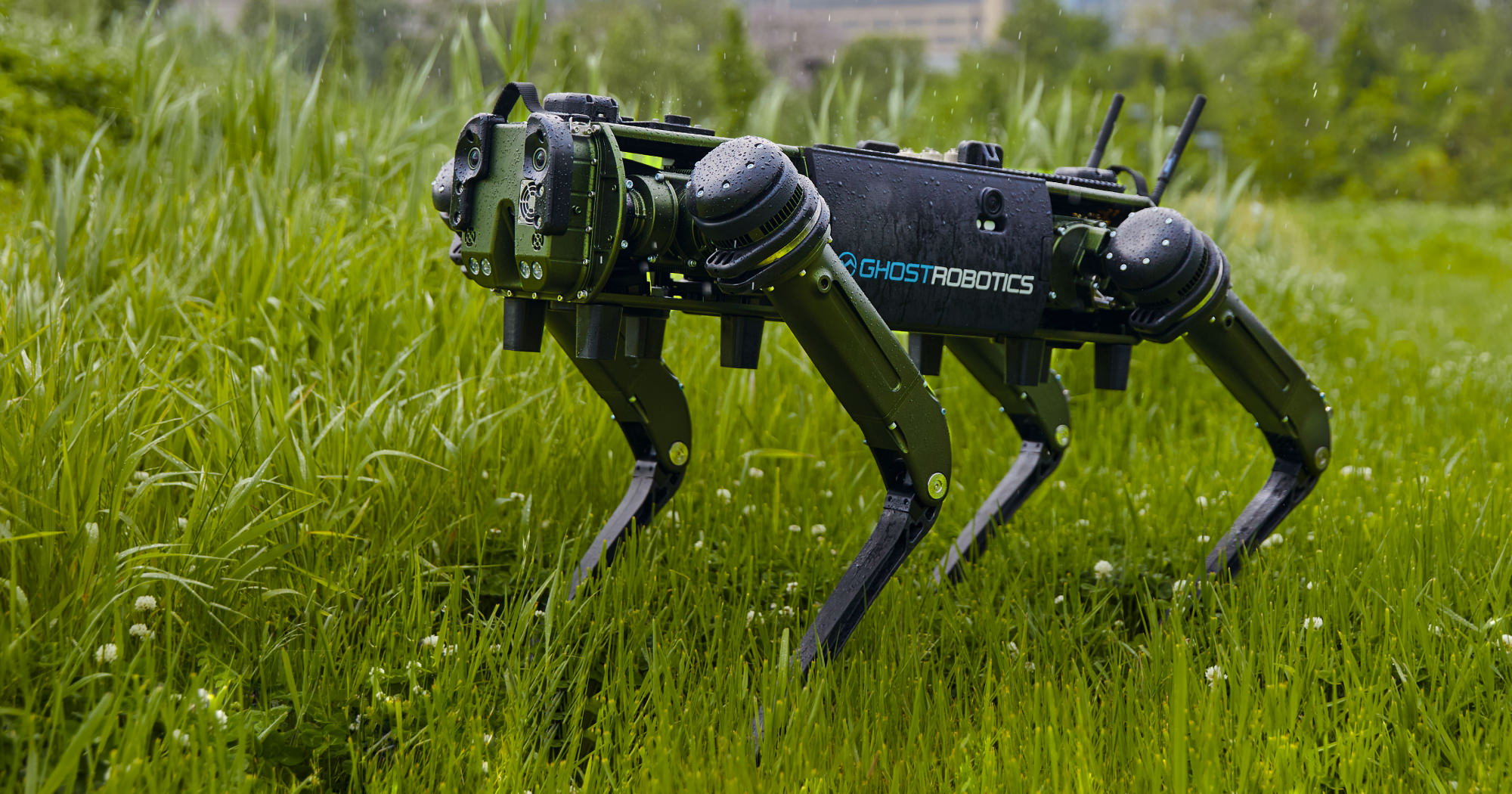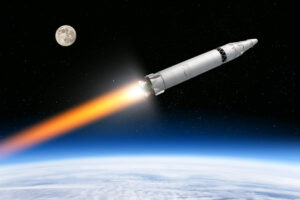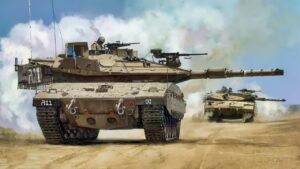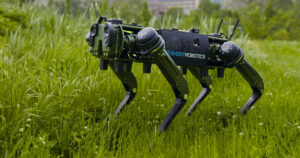Israel’s success included decapitation of its senior echelon, destruction and capture of vast numbers of weapons, and killing thousands of terrorists.
By The IDF Club
Israel’s success in defeating Hezbollah after October 7th was due to meticulous IDF intelligence work that spanned years, the IDF declared.
Using all kinds of intelligence sources, the army discovered who was in charge of all of Hezbollah’s various branches; the locations of their most dangerous weapons, such as short- and long-range missiles and rockets; and how all the units worked, including its elite invasion forces.
Therefore, it was not sheer luck that in the space of a few short weeks this past fall, the top three echelons of Hezbollah’s military command were assassinated, including the organization’s head, Hassan Nasrallah.
Nor was it coincidencal that the air force managed to destroy tens of thousands of rockets, including most, if not all, of Hezbollah’s arsenal of long-range precision missiles.
Through its “unprecedented” intelligence penetration, Hezbollah’s plans that have come to light regarding air strikes on the IDF’s Kirya headquarters — as well as other landmarks in Tel Aviv, such as the tall, commercial Azrieli towers that could have killed thousands — were never realized.
Channel 12 reported Hezbollah’s plans and the IDF successes that completely changed the military arena in the north.
According to the report, the Iranian proxy terror group had planned to fire 16,000 rockets at Israel over a period of two days after Hamas’s October 7 surprise invasion and massacre of 1,200 people near the Gazan border.
It had also intended to send its 1,700-strong Radwan force within hours over the border to wreak havoc among Israel’s northern villages and towns, followed by 5,000 more fighters within two days.
Then, over the next month, it had planned to launch 2,000-3,000 aerial projectiles a day, mostly aimed at metropolitan Haifa, the report said.
Municipal authorities have warned for years that the huge chemical storage sites in the city should be moved, as a successful missile attack could lead to the deaths of thousands of residents.
IDF intelligence knew of these plans, however, and the army acted quickly on October 7, sending 67,000 reservists northward within 17 hours, which deterred a Hezbollah ground invasion.
According to the IDF, the terrorists initially fired dozens of short-range missiles and anti-tank shells and carried out around 90 attacks on Israeli territory. However, the air force responded by striking Hezbollah launch sites in Lebanon to prevent any mass launch.
The IAF continually kept up the pressure, bombing weapons facilities, command and control centers, and other military sites throughout the months that the army’s main focus was on eliminating the Hamas threat in Gaza.
Although Hezbollah did escalate their air attacks, also introducing UAVs into the equation and managing to cause a great deal of property damage in the north, loss of life was limited to a few dozen soldiers and civilians, including 12 Druze children in one attack; the center of the country, where the majority of Israel’s population lived, was mostly safe.
The way IDF intelligence managed to trick Hezbollah into buying thousands of pagers it had booby-trapped, a plan it had worked on for two years, was perhaps the largest intelligence coup of the war.
After they were detonated on September 17, killing some 30 Hezbollah operatives and wounding 3,000 others, the terrorists were not only down in number but dispirited, and eventually agreed to a ceasefire pushing their forces miles away from the border.
Some 80% of Hezbollah’s longer-range missiles have been destroyed, and over 85,000 military items have been found and confiscated.
These include over 10,000 launchers and rockets, including RPGs, Kornet missiles and mortar shells, as well as about 60 surface-to-air missiles, some 9,000 explosive devices, thousands of rifles, and over 60,000 items of electronic equipment, including computers and communication devices.


